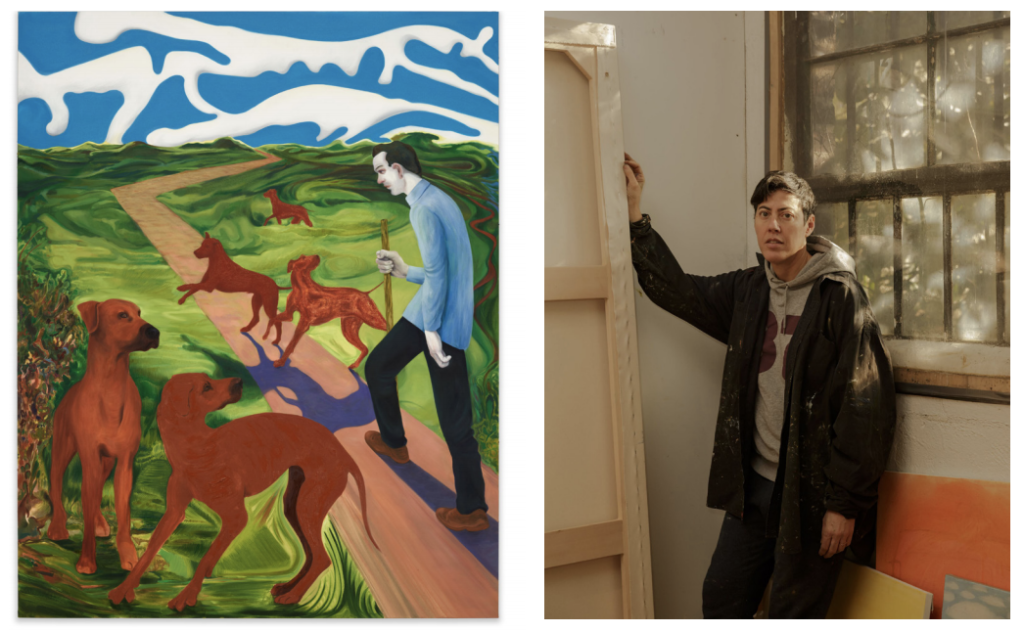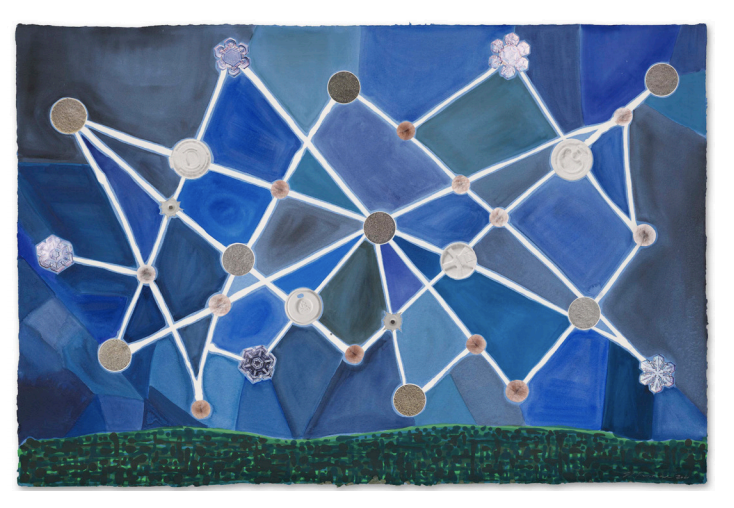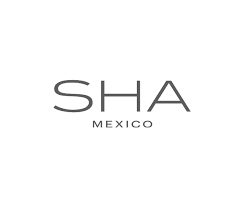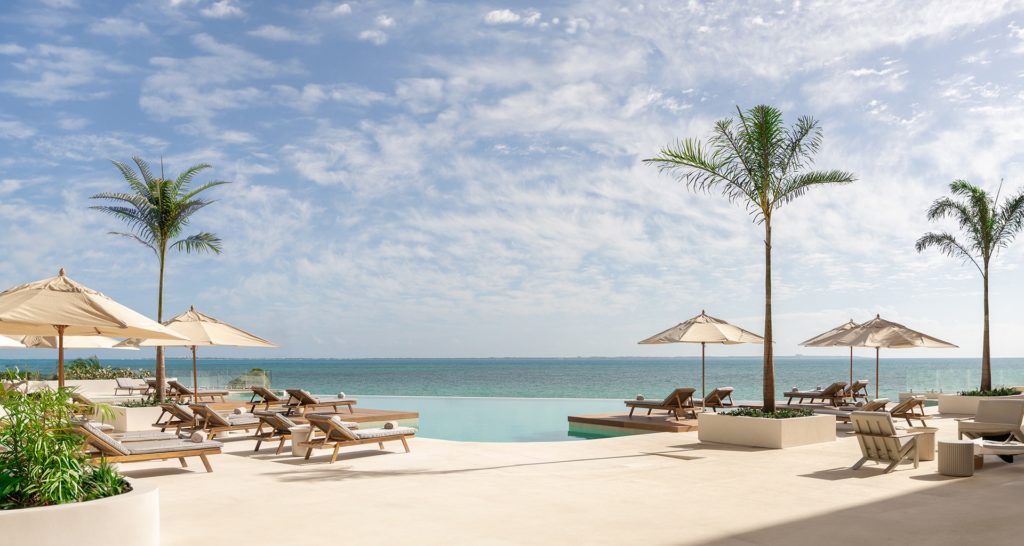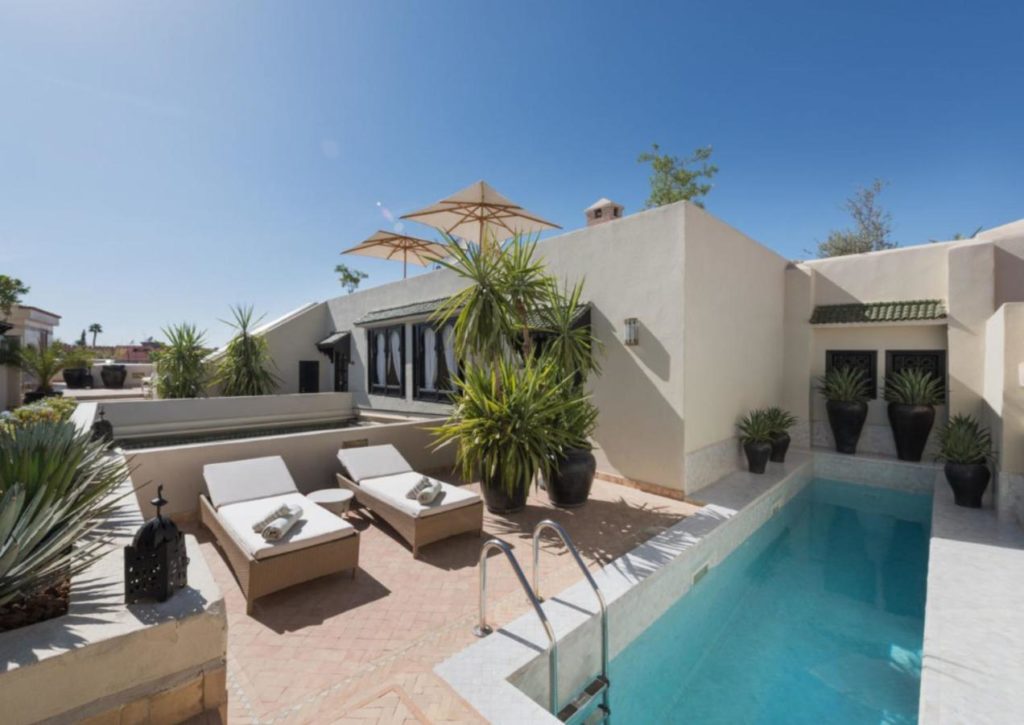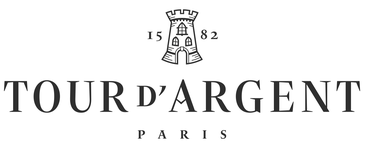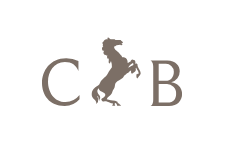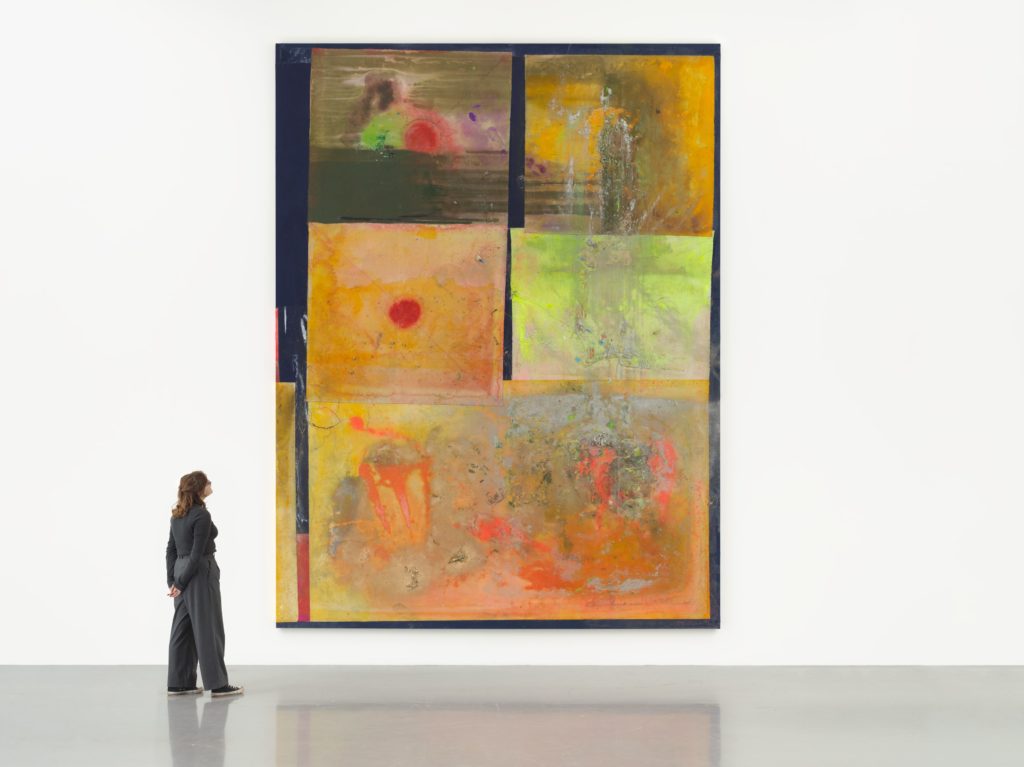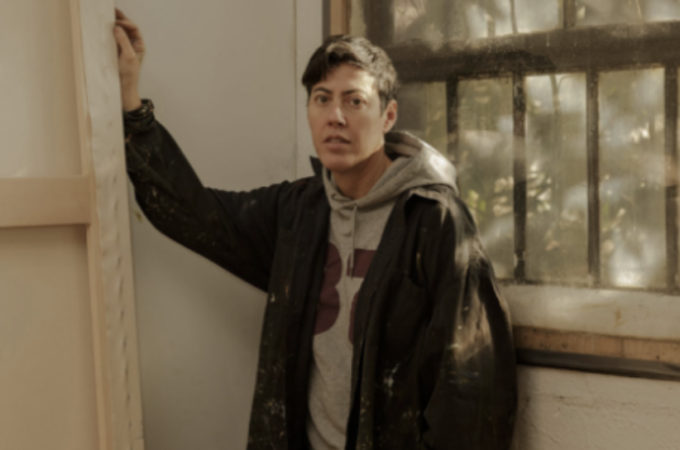
Nicole Eisenman. Where I Was It Shall Be – Exposition | Hauser & Wirth Somerset
Nicole Eisenman. Where I Was It Shall Be
Hauser & Wirth Somerset
3 October 2020 – 10 January 2021
Opening Reception: Friday 2 October 2020, 2 – 8 pm
Hauser & Wirth will present their inaugural exhibition with Nicole Eisenman in Somerset this Autumn, bringing
together a diverse multidisciplinary language through mixed media works on paper, sculpture and painting.
Having established herself as a central figure in American painting throughout the 90s, Eisenman has since
expanded her practice into the third dimension with international acclaim in recent years. This exhibition
presents the fluid transition and interchangeable approach Eisenman takes to sculptural 2D image making,
painting and larger-scale installations. Her oeuvre is distinctive in its emphasis upon the allegorical and its
confident combination of autobiographical elements, with historical and fictional narratives that draw attention
to contemporary socio-political conflicts.
The exhibition will feature a series of paper pulp drawings created over the past two years at the Brooklyn-
based non-profit Dieu Donné workshop. Inspired by the visual language of imagery found in popular culture – movie posters, advertisements, and internet memes – the works on view combine humour and wit, sharply
juxtaposing image and text. Instantly recognisable and graphically striking, Eisenman has described these
works as posters. Created in collaboration with master papermakers while a resident at Dieu Donné’s Lab
Grant program, the series combines elements of drawing, painting and sculpture. Each work has been
painted with pigmented linen pulp directly into a cotton substrate during the papermaking process. The
artist then drains and dries the pulp to reveal an image that is inseparable from its medium. The works are
arresting in colour and form, with figures physically constructed in 3D alongside cartoon abstractions and text.
Seemingly playful on the surface, Eisenman reveals worlds of nuanced thought and feeling on contemporary
life. In ‘Brooklyn Architecture 2020’ (2020), a red line drawing of a building features collage elements, used as
mismatched metaphors: a cut-out trapeze artist swings from one floor while a frog sits on another.
Interested in relatable narratives, Eisenman often draws on themes of failing, complaining, eternal dread, and thinking about the dangers lurking within our dependence upon technology. In works such as ‘Untitled’ (2020), she creates an expressionistic portrait of an imagined, muddy brown character covered in collaged frogs. Isolated and brooding, this figure reflects the current moment of separation. ‘A.I.’ (2020) is a punchy, electric blue, pink, and grey portrait composed of paper and silver leaf of a genderless and emotionless robot, as the title suggests. Eisenman considers these figures, whether in a group or alone, products of our time and a reflection of cultural contexts. Since 2012, Eisenman has been increasingly involved with sculpture, a medium she appreciates for its tactile and sensual qualities.
For the forthcoming exhibition, she will present an edition of ‘Sketch for a Fountain’ previously on view within the Skulptur Projekte Münster, Germany in 2017 and recently acquired by the city of Münster earlier this year. The ensemble of subdued bronze nude figures take a relaxed formation that suggests multiple narratives. With her fountain design, Eisenman has interpreted one of the oldest examples of public art in a subtle transformation, responding to opulent arrangements and the role of sculpture within traditional meeting places to convey a sense of calm and organic correlation between nature, culture and identity. The new placement in front of Durslade Farmhouse in the farmyard of Hauser & Wirth Somerset further emphasises Eisenman’s recreation of idyllic serenity. Smaller scale maquettes, including a domestic sized replica of ‘Procession’ unveiled during the Whitney Biennial in 2019, will be on display throughout the Rhoades and Bourgeois galleries.
Eisenman is primarily known for her figurative painting, having developed a powerful and timely new language that combines elements both factual and fictional, mainstream and countercultural. In a painting practice that enfolds the legacies of artists across the art historical canon to the present, from Breugel the Elder, to Philip Guston, to Leon Golub, and Amy Sillman, Eisenman depicts layered and surreal narratives, often based on real characters from her own life. As Massimiliano Gioni, the Artistic Director of New York’s New Museum, notes, ‘she doesn’t passively genuflect in front of art history; she resurrects it and camouflages it into our present.’ Unable to locate her own experience and point of view within art history, she takes pleasure in complicating its hierarchies, altering the course of accepted narratives with outré colours, varied styles, and mismatched metaphors. Unlike her more familiar bustling mural-like scenes, the new painting ‘Where I Was It Shall Be’ takes on a surreal dreamlike atmosphere with one solitary walker. The lone character is travelling down a zigzag path accompanied by Rhodesian ridgebacks, running interference and blocking the path. The male figure is a projection of Eisenman and the dogs a projection of the figure, an ego spirit entity.
About Nicole Eisenman
Nicole Eisenman lives and works in Brooklyn, New York. She is a McArthur Foundation Fellow and was inducted into the American Academy of Arts and Letters in 2018. Her work was included in both the 2019 Venice Biennale and the 1995, 2012 and 2019 Whitney Biennial. Recent solo exhibitions include: ‘Baden Baden Baden’, Staatliche Kunsthalle, Baden-Baden, Germany; ‘Dark Light’, Vielmetter Los Angeles, Los Angeles; ‘Dark Light’, Secession, Vienna, Austria; ‘Al-ugh-ories’, The New Museum, New York; ‘Magnificent Delusion’, The Anton Kern Gallery, New York.
About Dieu Donné
Dieu Donné is a leading non-profit cultural institution dedicated to serving established and emerging artists through the collaborative creation of contemporary art using the process of hand papermaking. Dieu Donné was founded in 1976 by Susan Gosin and Bruce Wineberg to explore the untapped potential of hand papermaking as an art medium, sharing this work with the community through public and educational programs.
Recommended
-
Gilded Icons: Inside Christie’s Most Exquisite Hermès Auction YetApril 18th, 2025
-
David Hockney Takes Paris: A Joy-Filled Celebration of Colour, Craft and Creative FreedomMarch 24th, 2025
-
All Aboard Prada Frames 2025: The Chicest Journey Through Design, Power, and ImaginationMarch 24th, 2025
-
Francesco Vezzoli Brings Karl Lagerfeld’s Wildest Dream Back to Life in Monaco’s Most Glamorous ExhibitionMarch 23rd, 2025
-
“Napoli Future Nostalgia”: Allegra Hicks and Nilufar Reimagine Italian Luxury at Salone del MobileMarch 20th, 2025

